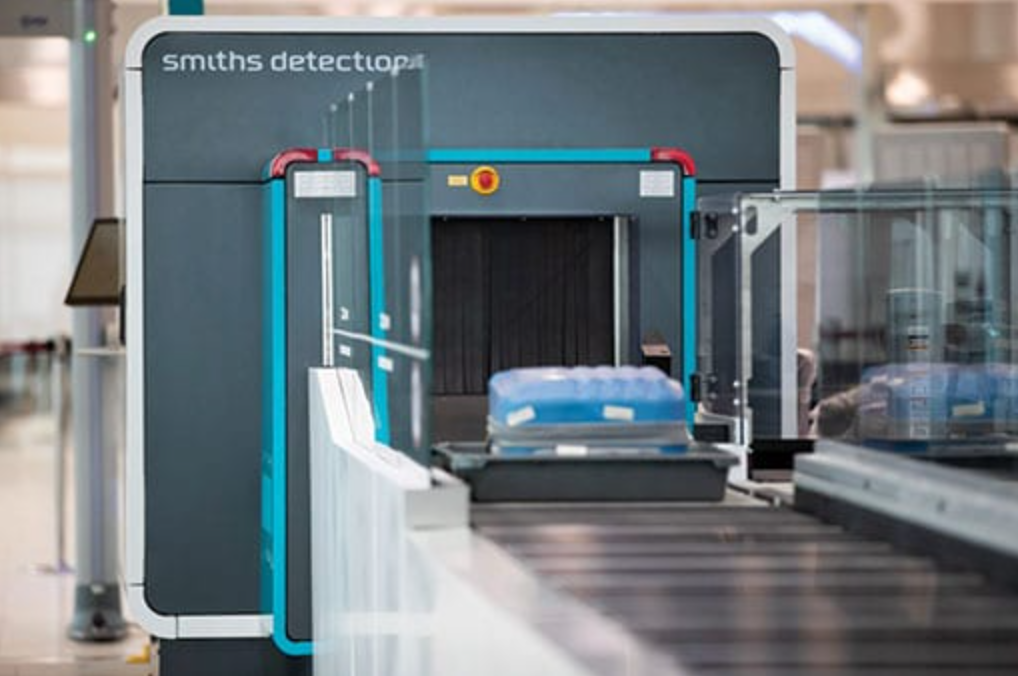X-Ray Baggage Scanners
Jump to navigation
Jump to search

X-ray baggage scanners, a key part of airport security, were first introduced in the 1970s to detect threats in carry-on luggage. These scanners use X-rays to create images of baggage contents, enabling security personnel to identify potential dangers like weapons or explosives. The technology evolved from manual checks and metal detectors to address increasing concerns about security after a series of airliner hijackings in the 1960s and early 1970s.
Early Development and Implementation
- 1960s–1970s: Security checks were primarily manual, but the rise of air travel and a series of hijackings led to the development and implementation of the first X-ray scanning machines for baggage in the 1970s.
- 1973: The first low-dose X-ray scanner was used at airports, enabling security personnel to prevent weapons and hazardous items from being carried onboard aircraft.
- 1974: The FAA's universal screening rule mandated the use of metal-detection portals and X-ray inspection systems for carry-on bags at U.S. airports.
Modern Scanners and Advancements
- Dual-Energy X-ray Systems: Modern scanners often utilize dual-energy X-ray systems, which offer greater detail in the images and help differentiate organic, inorganic, and metallic objects.
- Automated Target Recognition: Some scanners employ "Automated Target Recognition" software to identify potential threats based on their shape or appearance, improving efficiency and accuracy.
- Explosive Detection: Advanced scanners, like the HI-SCAN 6040aTiX, are designed to detect explosives, further enhancing security.
Continued Evolution
- Increased Accuracy and Efficiency: Technological advancements continue to improve the accuracy and efficiency of baggage scanning, allowing security personnel to quickly and effectively identify threats.
- Integration with Other Security Measures: X-ray scanners are often integrated with other security measures, such as metal detectors and full-body scanners, to create a comprehensive security system.
In essence, X-ray baggage scanners have become an indispensable tool in airport security, evolving from simple machines designed to detect weapons to sophisticated systems capable of detecting a wide range of threats and contraband.
